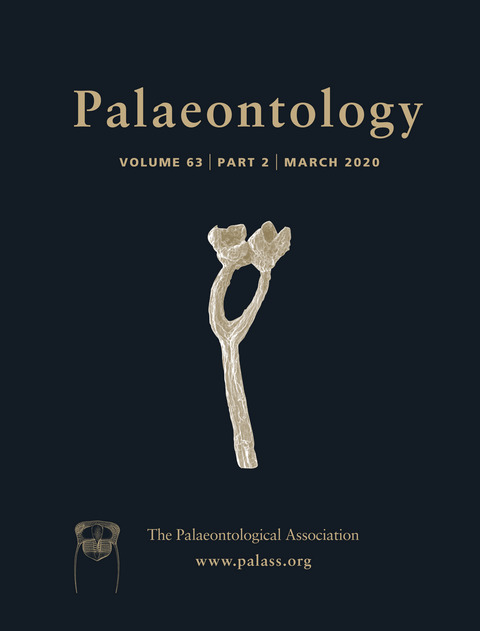Reg. Charity No. 1168330

In the last few decades, hook‐like structures have been reported in the Mesozoic ammonite family Scaphitidae. Despite their exceptional preservation and debates about their function, no detailed reconstruction has been available until now. For the first time, we describe the composition and details of the morphology of these structures found in the body chambers of six specimens of the Campanian ammonite Rhaeboceras halli (Meek & Hayden) using high resolution x‐ray imaging. The hook‐like structures are composed of a thin layer of brushite. The base of each hook is open on one side forming an internal cavity, now filled with sediment. The tips of the hooks end in one or two cusps or, rarely, exhibit a blunt end. We used geometric morphometrics to capture the morphological disparity of the bicuspidate morphotypes comprising 98% of the hooks. Principal component analysis revealed chirality among the hooks and a cluster analysis recognized five morphologies. Contrary to the previous interpretation of these structures, we conclude that they are not radular teeth. They are much larger and more variable in size and shape than any known ammonite radulae and completely out of proportion with respect to the size of the jaw. The chirality, the hook‐like shape, and the absence of a size relationship between the hooks and the body chambers in which they occur, lead us to propose that these hooks could represent elements of the brachial crown related to copulatory behaviour. If so, these would be the first reported remnants of brachial crowns in ammonites.